June 7, 2017
Coworking and the current French revolution in the workplace 0
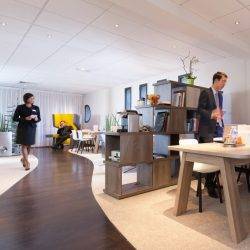 In France, we might have been the first to behead a King and hold a revolution, or to stand on barricades and die for ideals of justice and equality, but when it comes to change – especially in large organisations– we always seem to lag behind. You could blame it on a number of factors: a cultural bias towards tradition, the legacy of an interventionist and ever-present state, spawning bureaucratic models of large state-owned corporations, the everlasting grasp of the elites stifling innovation and the ability to “think outside the box”… Whatever this may be, the debate around remote working – a type of work organisation which allows employees to work regularly away from the office – in France has always been articulated around the preconception that France was behind. And that while its Anglo-Saxon or Nordic European neighbours displayed a boastful 30 percent of the working population as remote workers, France struggled to reach a meagre 9 to 10 percent in 2010.
In France, we might have been the first to behead a King and hold a revolution, or to stand on barricades and die for ideals of justice and equality, but when it comes to change – especially in large organisations– we always seem to lag behind. You could blame it on a number of factors: a cultural bias towards tradition, the legacy of an interventionist and ever-present state, spawning bureaucratic models of large state-owned corporations, the everlasting grasp of the elites stifling innovation and the ability to “think outside the box”… Whatever this may be, the debate around remote working – a type of work organisation which allows employees to work regularly away from the office – in France has always been articulated around the preconception that France was behind. And that while its Anglo-Saxon or Nordic European neighbours displayed a boastful 30 percent of the working population as remote workers, France struggled to reach a meagre 9 to 10 percent in 2010.




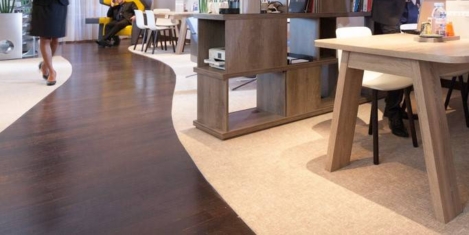
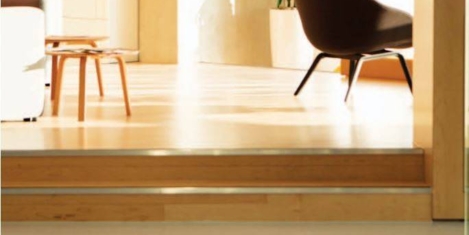

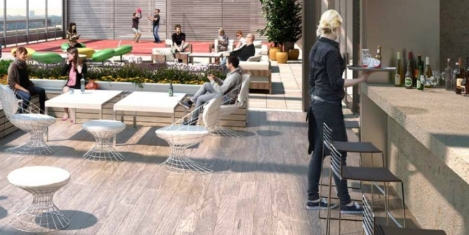

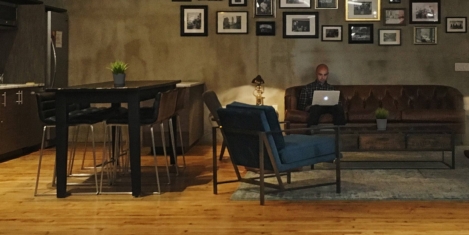


 Less stress and better workplace relationships are the reason why the happiest regions to work in the UK are Yorkshire and the Humber; while uninteresting work is the reason why employees in Scotland and the South are the most unhappy. Research into
Less stress and better workplace relationships are the reason why the happiest regions to work in the UK are Yorkshire and the Humber; while uninteresting work is the reason why employees in Scotland and the South are the most unhappy. Research into 







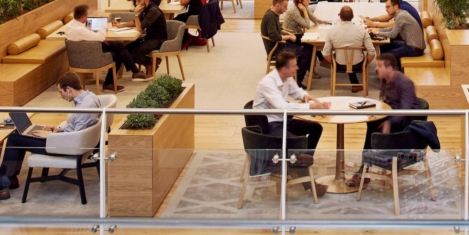
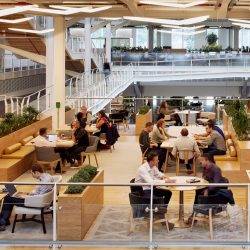










May 31, 2017
IBM’s retreat from flexible working. The world responds 0
by Mark Eltringham • Comment, Flexible working
In February 2013, Yahoo set off a mighty global stink when it sent a memo telling staff to forget about working from home, Starbucks, wherever and return to its corporate embrace. The intention of recently installed CEO Marissa Mayer was to increase collaboration and productivity by getting everybody in the same space. There is some logic to this, except for one thing. As Andrea Hak wrote for us in her masterful post mortem of the whole debacle last year: “With this change Yahoo was trying to attack a symptom rather than the root of the problem. Pitting employees against each other in a stack ranking style system actually discourages collaboration. The experiences of companies that ditched this system have shown that employees are more likely to try and undermine the competition than work together.” So who in the tech sector would possibly make the same mistake again? The answer is IBM.
(more…)